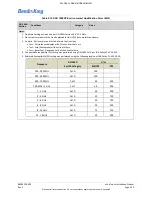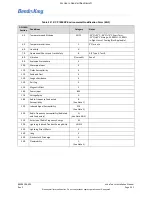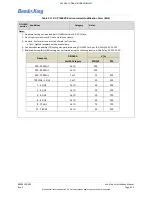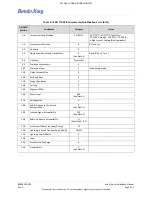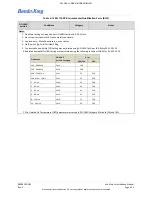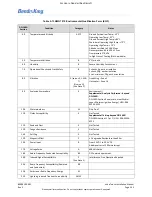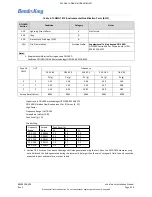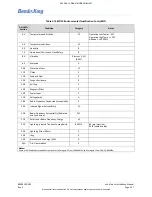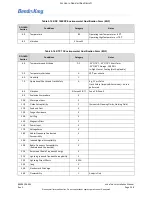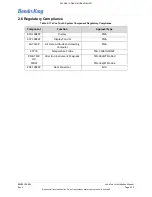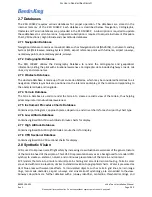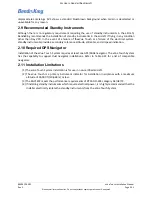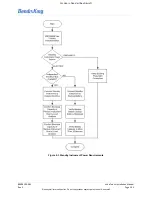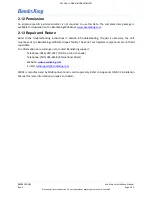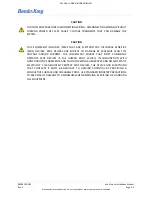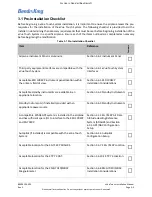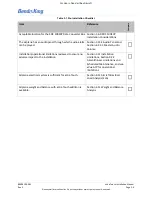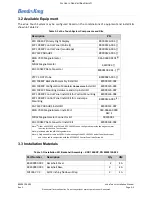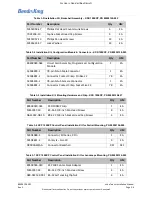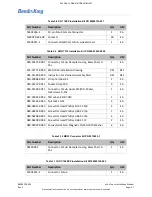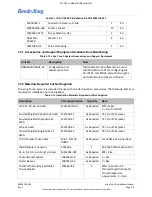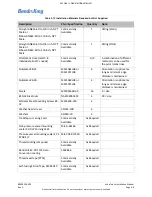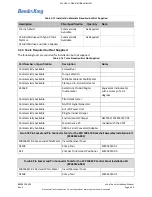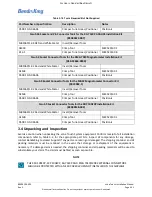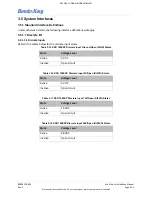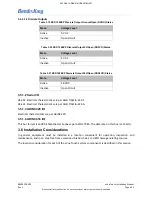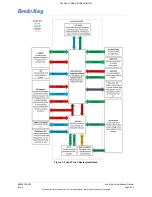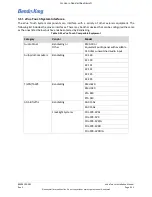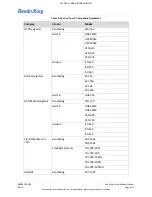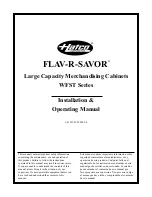
89000109-002
xVue Touch Installation Manual
Rev 2
Page 3-1
© Honeywell International Inc. Do not copy without express permission of Honeywell.
For Use in Non-Certified Aircraft
3 XVUE TOUCH SYSTEM INSTALLATION OVERVIEW
The xVue Touch System is designed to replace the standard six pack instrumentation. Standby
instruments (attitude, airspeed and altimeter) are required. A typical installation is shown in Figure 3-1.
Figure 3-1 Example Instrument Panel Modification
Installations should be accomplished using the guidelines of FAA Advisory Circular 43.13-1B “Acceptable
Methods, Techniques, and Practices - Aircraft Inspection and Repair”, AC 43.13-2B “Acceptable Methods,
Techniques, and Practices - Aircraft Alterations” and AC 43.18 Change 1 “Fabrication of Aircraft Parts by
Maintenance Personnel.” If the instructions in this manual conflict with, and are more stringent than, the
information in the Advisory Circulars, then the instructions in this manual shall take precedence.
Follow the installation considerations in Section 3.6 along with the installation procedures in Section 4, as
they are presented, to accomplish a successful installation. Read the entire sections before beginning the
work.
Prior to installation, consider the structural integrity of each component of the xVue Touch System as
defined in Section 4. Review the airplane logbooks for all equipment that are installed in the airplane to
ensure complementing equipment remains installed and to allow for proper systems operation.
Complete an electrical load analysis in accordance with the instructions in Section 4.12 on the airplane
prior to starting the modification to ensure the airplane capable of carrying the additional xVue Touch
electrical load.
Once the installation is complete, perform the post installation checkout described in Section 7
before
closing the work area to ensure the installation was successful.
When working with avionics equipment, be aware of the following warnings and cautions.
CAUTION
SERVICE TECHNICIANS MUST OBEY STANDARD SAFETY PRECAUTIONS, SUCH AS WEARING
SAFETY GLASSES, TO PREVENT PERSONAL INJURY WHILE INSTALLING OR PERFORMING
SERVICE ON THIS UNIT.

